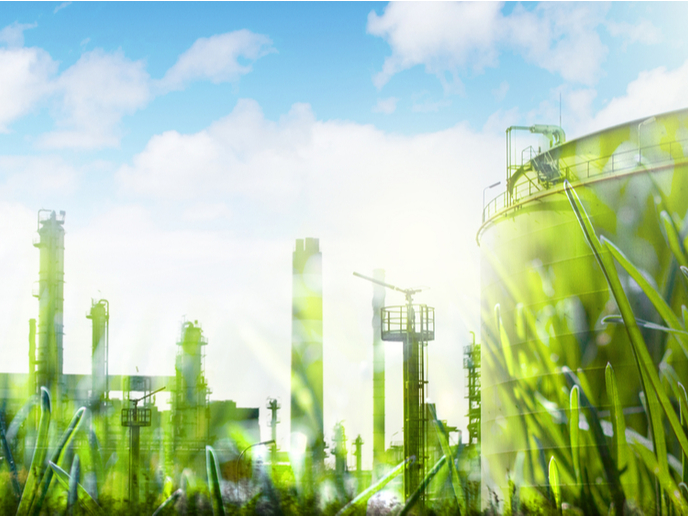Building back better – from COVID to the climate
As Europe recovers from the COVID-19 pandemic, the wide range of low-carbon technologies available or under development suggests that creating decarbonised energy systems is just a matter of investment and political will. Picking the right technologies for the job, however, is easier said than done. Inspiration may arise from work carried out by the INNOPATHS (Innovation pathways, strategies and policies for the Low-Carbon Transition in Europe) project.
Counterintuitive results
Led by Paul Ekins, professor of Resources and Environmental Policy at University College London (UCL), INNOPATHS provides multiple paths to decarbonising the energy system and highlights the economic impact of each choice. This information comes in the form of a suite of online tools for policymakers, industry representatives, scientists and practitioners in the energy sector. “We devised a Technology Matrix Tool (TMT) containing data from 46 technologies divided in four categories: power, transport, industry and buildings,” says Ekins. “In addition to this tool, we created a Decarbonisation Policy Evaluation Tool providing information on regulations, economic instruments and soft instruments, an Energy System Decarbonisation Simulator, and four INNOPATHS scenarios.” Taken together, these tools provide invaluable information for decision makers who could otherwise find themselves overwhelmed with the scale of the challenge or unwilling to face political backlash. By comparing INNOPATHS scenarios across three integrated assessment models, the project team showed that all models in all scenarios can enable net zero emissions in 2050. “Of course, no one can be sure of the impacts of moving towards a zero-carbon energy system. We are dealing with complex connections between changes in the energy system and the economy, and we know that complex systems often respond to interventions in unexpected and sometimes counterintuitive ways,” explains Ekins. “However, models can give valuable insights into these possible responses.”
Four scenarios to net zero
The first INNOPATHS scenario is called ‘New players and systems’. It is a high electrification scenario with a high proportion of new generators and prosumers. The second one, ‘Incumbents’ renewal’, focuses on carbon capture and storage (CCS), and nuclear energy driven by renewed political push. “End-use energy carriers do not substantially change, but the supply side does: solids, liquids and gases are supplied from bioenergy and power-to-x, bioenergy with CCS is widely used, and hydrogen is added to gas networks where switching is easy,” Ekins adds. The third scenario is that of ‘Efficiency and sufficiency’, with very high levels of efficiency in buildings through high-spec retrofits and heat pumps, transport electrification, and shifts in industrial demand. The fourth and final scenario considers a two-speed Europe, with deployment of negative emissions technologies (BECCS and air capture) in leading regions, and lower and later levels of mitigation in trailing regions. “Electricity plays a major role in the decarbonisation of all sectors, with solid liquid and gaseous fossil fuels reduced to less than half their 2015 usage,” Ekins notes. “Synthetic fuels, bioliquids and hydrogen are also key to the decarbonisation of heavy industries and in heavy-duty transport.” He adds that for 2050, solar and wind are the major sources of electricity in most of the scenarios and models, except where nuclear is emphasised. Ekins expresses his disappointment that the COVID-19 recovery programmes proposed so far have few decarbonisation elements. The EUCalc scenarios strongly suggest that the full decarbonisation of Europe is not only possible, but also can lead to a prosperous society that is healthier and has a higher overall quality of life than today. In a two-degree scenario, health co-benefits of decarbonisation even exceed the costs of decarbonisation, which provides food for thought and – hopefully sooner rather than later – for political action.
Keywords
INNOPATHS, decarbonisation, low-carbon, technology matrix, tool, emissions, pathways







